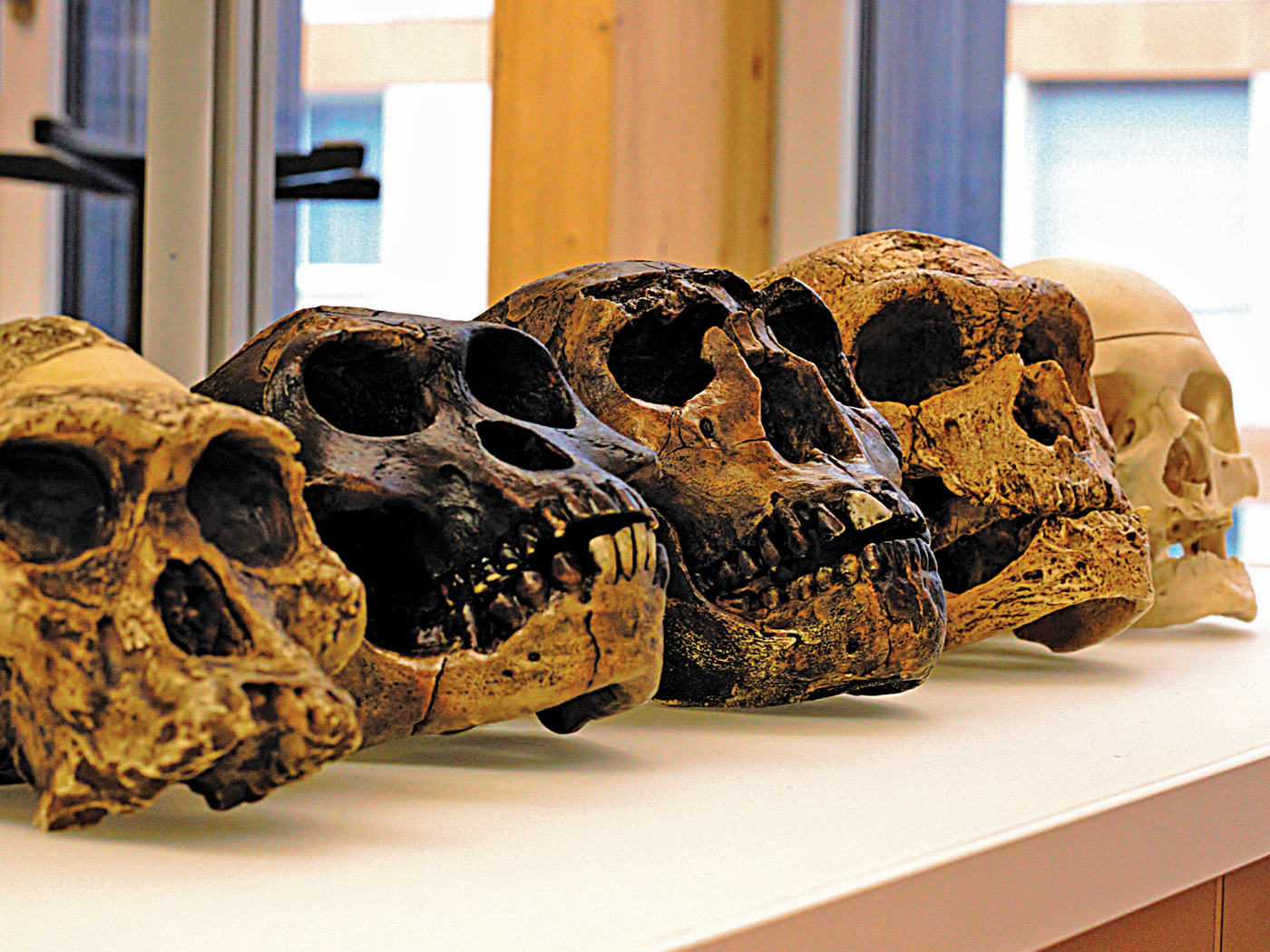Due to migration patterns, many birds stay in Texas during the winter and migrate north before spring is finished. Texans (and other states that host wintering migrants) need to use springtime opportunities to see such migratory birds before they fly off to their breeding grounds.1-3
Yet many birds are also year-round residents in habitats all over America. So you can find many birds to observe, almost anywhere, if you make the effort.2,3
Wildlife biologist Terry Thomas enjoys birdwatching, on a serious level, so much so that he can recognize distinctive calls (vocalizations) of different birds.4
But sometimes what you hear—or think you hear—is not what you see.2 And this was illustrated earlier this year as he watched the activity at his bird-feeder.
I heard [nearby] what sounded like a red-tailed hawk call and wondered if the bird activity [at the bird-feeder] had finally attracted an opportunistic predator. After I had heard the call several times more and the birds around the feeder didn’t seem to react, I chanced a look out the side window of the blind.
Instead of a hawk, to my surprise, I saw a Steller’s Jay, a beautiful blue and black member of the corvid family and a close relative of the blue jay. This was perplexing, so I turned to my Audubon app and checked out the Steller’s Jay. Sure enough, one of their calls was listed as a hawk imitation. As it turns out, Steller’s Jays have a lot of calls for communicating with other Steller’s Jays. However, they also mimic many forest sounds, including squirrels, flickers, goshawks, nuthatches and even human-created sounds, such as water sprinklers.4
Instead of a hawk, to my surprise, I saw a Steller’s Jay, a beautiful blue and black member of the corvid family and a close relative of the blue jay. This was perplexing, so I turned to my Audubon app and checked out the Steller’s Jay. Sure enough, one of their calls was listed as a hawk imitation. As it turns out, Steller’s Jays have a lot of calls for communicating with other Steller’s Jays. However, they also mimic many forest sounds, including squirrels, flickers, goshawks, nuthatches and even human-created sounds, such as water sprinklers.4
Besides being clever, Steller’s jays can remind us of how we evaluate life—how we recognize what and who really have value. But how can a Steller’s jay, cousin to the more common blue jay, remind us of what is truly valuable in life?
This jay lives in the wild, often in evergreen forests of the Rocky Mountains or Cascades ranges. Yet it has learned that humans discard a lot of garbage. The birds are famous as “dumpster divers.”5
In fact, the Steller’s jay garbage-foraging habit illustrates how some treasure what others trash.
While visiting a Christian family camp in Colorado’s Sangre de Cristo Mountains, I have often enjoyed standing behind a tree outside the dining hall so I could view a huge metal dumpster near towering conifer trees. On many occasions, especially in the evening hours before sunset, I have quietly watched and photographed Steller’s jays sifting through the garbage.
What a joy it was to see those happy jaybirds, darting into the dumpster for food, flitting about, perching, eating, standing watch as others dove for bread morsels, eggs, anything with nuts, seeds, or berries, etc. What the humans discarded as worthless, the jays grabbed as worthwhile food!
What a valuable illustration of values! What makes the marketplace move with deal-making? Disagreements about value. “One man’s trash is another man’s treasure.”
Consider the scenario of a tourist eating a lunch at a café. The seller is willing to sell a lunch for $10, and a buyer is willing to buy that lunch for $10. What does this consumer transaction display? Differing opinions about value.
The seller values the $10 more than keeping the lunch. The buyer values the lunch more than keeping the $10. So the seller trades the lunch for the $10, and the buyer gladly surrenders $10 to get the lunch.
In other words, all voluntary deals illustrate that the buyer preferred the purchase more than the money. Obviously the seller thought the opposite.
Every day we are making value judgments—deciding the values of things, and we all make value judgments differently.
This is illustrated in Genesis 25:29-34, when Esau exchanged his birthright for a bowl of red lentil soup. Esau’s twin brother, Jacob, was so pleased with the deal that he added complimentary bread to go with the red soup!
Think of how those two twins disagreed about the birthright’s value. The Bible says that this transaction showed how Esau “despised his birthright.”6 It was worth less than a bowl of soup to him! Yet that specific birthright had a unique (and eternal) feature to it: it carried the Messianic lineage, the human ancestry of Christ. Priceless! Yet Esau traded it for a bowl of red soup with transitory value.
Surely we would not foolishly sacrifice something so valuable, something with eternal spiritual value, for something so ephemeral and worldly as soup, right? Yet the book of Proverbs challenges us, axiologically speaking, on that same choice: How much do we really value God’s wisdom and godly understanding?
What if getting that kind of wisdom involves some experiences of discomfort, pain, afflictions, or a series of faith-stretching experiences given to us by our caring Heavenly Father?
Happy is the man who finds wisdom, and the man who gains understanding; For her proceeds are better than the profits of silver, and her gain than fine gold. She is more precious than rubies, and all the things you may desire cannot compare with her.7
Many earthbound humans strive to gain the treasures of this temporal life, the merchandise of silver, gold, rubies—or maybe high-tech equivalents of those treasures. But true wisdom and godly understanding are better than those, “and all the things you may desire cannot compare” with God’s wisdom, and with what it gains, in time and especially in eternity.
Some trade spiritual opportunities for the valuables of this wayward world. Others do the opposite, trading worldly opportunities for Christ-honoring investments, laid up in Heaven.
Consequently, whenever I remember those Steller’s jays foraging at the family camp dumpster by those Colorado conifers, I’m reminded: “One man’s trash is another man’s treasure.” As missionary Charles T. Studd once put it: “Only one life, ’twill soon be past; only what’s done for Christ will last.”
Please keep in mind what is truly valuable, as you face the expected (and unexpected) challenges of each day and as this year journeys through uncharted waters.
Here at ICR we try to keep the eternal perspective always in view, teaching God’s truth “in season and out of season,” glorifying Him as our Creator-Redeemer.
References
1. Shackelford, C. E., and E. R. Rozenburg, et al. 2005. Migration and the Migratory Birds of Texas: Who They Are and Where They Are Going, 4th edition. Austin, TX: Texas Parks & Wildlife Department, 2-21.
2. Kress, S. W. 1991. Bird Life: A Guide to the Behavior and Biology of Birds. Racine, WI: Western Publishing Company, 40-95, 108-116.
3. Johnson, J. J. S. Turtles, Birdwatching, and Living through Tough Times. Creation Science Update. Posted on ICR.org March 30, 2020, accessed April 29, 2020.
4. Thomas, T. R. Steller’s Jays Are a Striking Winter Sight. Post Register. Posted on postregister.com February 20, 2020, accessed April 29, 2020.
5. Kricher, J. C. 1993. A Field Guide to the Ecology of Western Forest. Boston, MA: Houghton Mifflin, 80-81 and Plate #9.
6. Genesis 25:34.
7. Proverbs 3:13-15.
*Dr. Johnson is Associate Professor of Apologetics and Chief Academic Officer at the Institute for Creation Research.




















